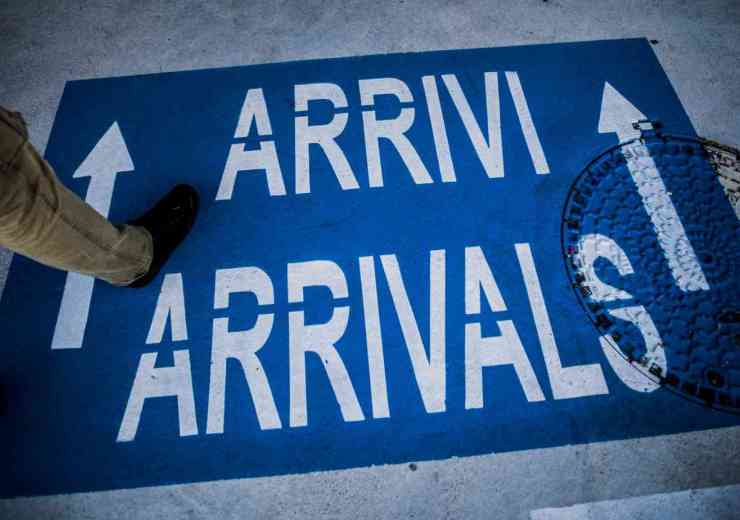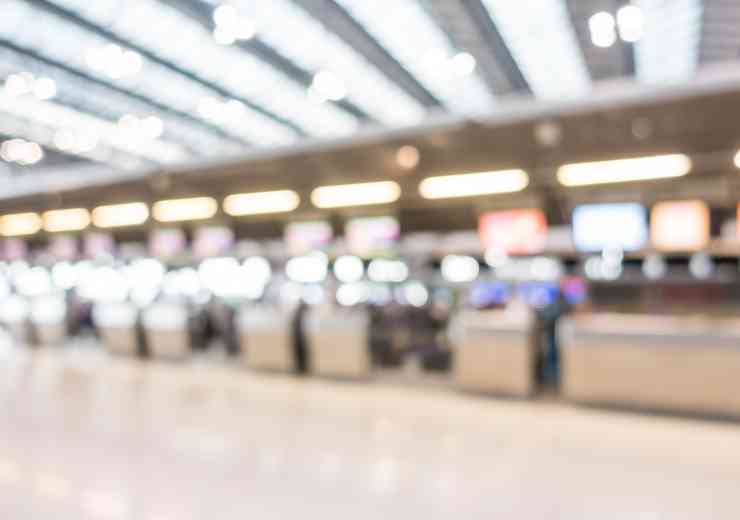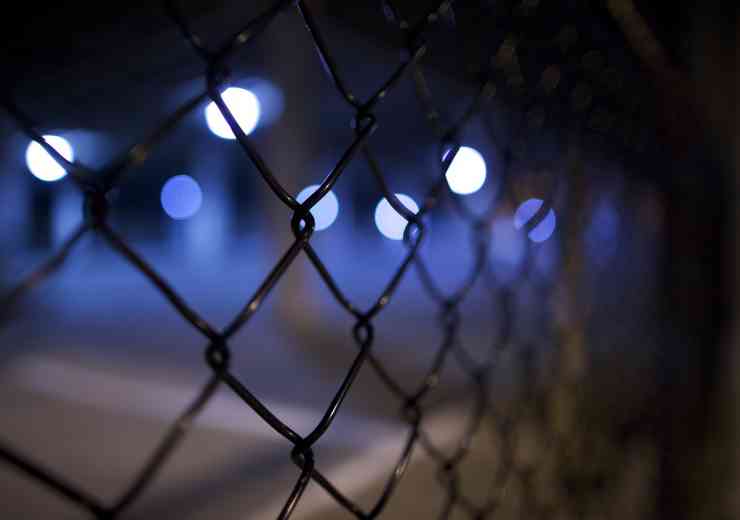Securing our borders: a technological challenge
Advances in transport and tourism mean the world seems ever smaller, with our borders falling under increasing pressure to maintain high levels of security measures against the ongoing threat of terrorism, as well as everyday challenges such as arson and vandalism.
With extensive premises and a large, transient population, ensuring that a high level of security is in place is imperative for any port or airport. Since 9/11, the UK’s official terrorist threat level has been classified as severe, and as such, continued vigilance against attack is an essential part of the daily security routine. In addition, adequate defences against chemical, biological, radiological, nuclear and explosive (often referred to as CBRNE) type attacks are also necessary.
Round the clock security
CCTV is particularly effective in enhancing the security of airports and ports, by acting as a deterrent to criminals and trespassers, while monitoring the activity of authorised personnel such as staff and passengers. A specific element of CCTV, known as Video Content Analysis (VCA) is also increasingly being used. VCA is the name given to the automatic analysis of CCTV images, which is used to create meaningful information about the content. For example, it can be used to automatically detect intruders, identify unattended baggage or count the number of people entering or leaving an area.
According to research conducted by the BSIA earlier this year, the use of VCA in airports is increasing significantly. The findings showed that over 60 per cent of CCTV suppliers surveyed provide VCA to customers in the aviation sector. In addition, these customers were identified as the third most frequent users of VCA, which demonstrates the benefits of this technology.
A large-scale challenge
From an operational perspective, both ports and airports can offer plenty of hiding places for intruders who breach the perimeter defences or find their way onto the site by any other means. As a result, a combination of different security measures is often used to protect the site as a whole, as well as various component buildings and compounds within.
Many ports and airports counter these multiple security risks by adopting what is known as an “onion ring” approach, where several layers of security are used starting from the site’s perimeter all the way back to individual building security or main asset security in order to deter would-be intruders. The outer perimeter layer represents a key starting point in terms of physical protection combined with electronic and/or security patrols. Patrols with dogs can also be used. Attempts to breach fencing, for instance, can be electronically monitored using fence-mounted vibration detectors that trigger an alert in the security control room, with automatically directed camera observation of the area often used to track intruders’ movements and direct security patrols towards them quickly.
Thermal imaging is also an effective method used to spot intruders in darkness and adverse weather conditions, and can also be used at ports to detect stowaways and other unauthorised personnel. At the Port of Calais, this technology is being used to detect people swimming in the water who may be intent on attacking a moored vessel.
The large expanses of unmanned perimeter at ports and airports often pose a major security challenge, and in such cases fence detection systems, UGS (unattended ground sensors), radar or passive infrared detectors (PIRs), etc are often deployed along such a perimeter, reducing the number of active recording cameras required to monitor the area.
Access control
Effective security technology that’s easy to use is a feature of smart access control systems, which represent the next layer of protection beyond the perimeter. Depending on the location and sensitivity of the building or area involved, access control measures can range from paper-based logging systems for temporary contractors’ permits through to access control cards using radio frequency identification (RFID) chips for more convenient proximity reading of card details and activation of gates, turnstiles and vehicle barriers.
Biometric-based systems such as fingerprint readers and iris scanners are alternatives for higher risk locations. These use the unique human characteristics of a person to provide irrefutable proof of identity. Besides their important security function, access control systems can be used as a health and safety tool in the event of evacuation by quickly producing an accurate register of anyone still within a building or area.
Security patrols by foot or by vehicle are fundamental for responding to intruder detection and also gives a highly visible security presence. The feeling of security for passengers is also enhanced by the presence of security officers manning access points and by security patrols carrying out random patrols both in the buildings and in the perimeter area. Security officers play a vital part in port and airport security and are often responsible for managing technological aspects of a site’s security solutions, such as CCTV or access control.
Passenger protection
The most visible of security measures, particularly at airports, are the security checks conducted on all passengers and their hand baggage. All such luggage, including bags, coats, laptops, mobile phones and cameras, undergo X-ray examination before passengers are allowed to enter the departure lounge. In addition, passengers travel through metal detectors or, following recent technological developments, full-body scanners.
For both airports and ports, combining CCTV with Access Control and physical security measures such as fencing, bollards, doors and locks, backed up with security patrols can provide an overall security solution that is robust, effective and intimidating to would-be criminals.
The British Security Industry Association is the trade association covering all aspects of the professional security industry in the UK. Its members provide over 70 per cent of UK security products and services and adhere to strict quality standards.
For more information:
Tel: 0845 389 3889
E-mail: info@bsia.co.uk
Web: www.bsia.co.uk
















